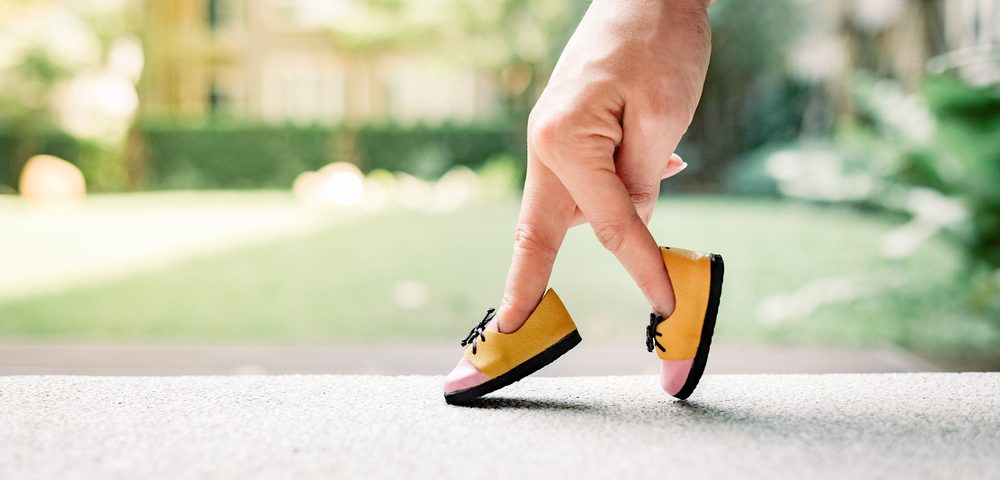New System May Better Measure Walking Problems

Researchers have developed a new system that might better measure walking or gait problems in people with Friedreich’s ataxia and other nerve and muscle conditions.
The study describing this method was published in the journal Sensors, as “Gauging Gait Disorders with a Method Inspired by Motor Control Theories: A Pilot Study in Friedreich’s Ataxia.”
Difficulty walking is one of the most common symptoms of Friedreich’s ataxia and hampers patient mobility in many other disorders as well. Given that walking is key to health and quality of life, it often is important for researchers and clinicians to be able to assess gait abnormalities in people with disease.
However, from a biomechanical perspective, walking is a complex action that involves many inter-connected systems in the body. As such, using a single measurement, like walking speed, cannot give adequate details about walking difficulties from person to person.
For example, one person who takes many short steps and another individual who takes fewer, longer steps might end up moving at the same speed, even though their walking patterns are dramatically different.
To address such divergence, a team of scientists from the University of Florida developed a new method to comprehensively assess walking patterns. Of note, one of the researchers is an employee of ProtoKinetics, a company that makes the technology for gait analysis that was used in this study.
The new system now developed by the researchers assesses three different gait-related factors to determine an overall score. One factor, called the organization score, measures how energy-efficient a person’s strides are, given the various biomechanical constraints at play.
The second measure is the variability score. As its name suggests, this score assesses the fluctuations within a person’s gait — that is, differences between individual steps.
The third factor is the use of devices, such as canes or walkers, to make walking easier.
These three factors are then mathematically combined to form the Global Ambulation Score (GAS).
To test their system, the researchers conducted a small clinical trial (NCT02497534) involving 19 people with Friedreich’s ataxia, ages 11 to 65. The participants underwent a series of gait assessments using specialized equipment from ProtoKinetics. For comparison, 20 people ages 18 to 41 with no disease were used as controls.
Among the patients, nine walked unassisted at the start of the study, while three used a cane and seven used a rollator, a type of walker. Those that used a rollator were generally older, and had been living with the disease for a longer time.
Mathematical analyses of the results revealed several noteworthy findings. For one, the organization scores were found to generally increase along with poorer walking ability. These scores were higher in people using a rollator as compared with those walking unassisted.
The researchers also noted that the so-called variability scores generally were very high among people who soon thereafter required a more intensive form of walking assistance. For example, two patients who were originally using a cane later transitioned to the use of a rollator. In these patients, the variability scores were very high while they were still using a cane, though the ratings decreased dramatically after the individuals switch to a rollator.
Also of note, according to the investigators, was that scores from the new system, including GAS, were mathematically associated with scores on the Scale for Assessment and Rating of Ataxia Gait Score (SARA-GS). That’s the clinical scale currently used to assess gait problems in people with Friedreich’s ataxia.
Compared with other methods used to assess walking proficiency, “our results, based on the characterization of two components, organization and variability, provide a less categorical, more detailed picture of gait characteristics in [Friedriech’s ataxia],” the researchers wrote.
The team also noted that, depending on each patient’s individual disease course, the transition to assisted walking can be gradual or more abrupt.
“One of the most interesting features requiring further investigation could be the identification of concurrent levels of organization and variability, which are difficult to sustain and could indicate the inevitable requirement of an assistive device,” the researchers wrote.
The new analysis system could help create a more “meaningful clinical picture” of a patient’s walking ability, they said.
“The method that we present displays promise for understanding the gait in Friedriech’s ataxia patients and warrants future research to complete these preliminary results,” they concluded.









